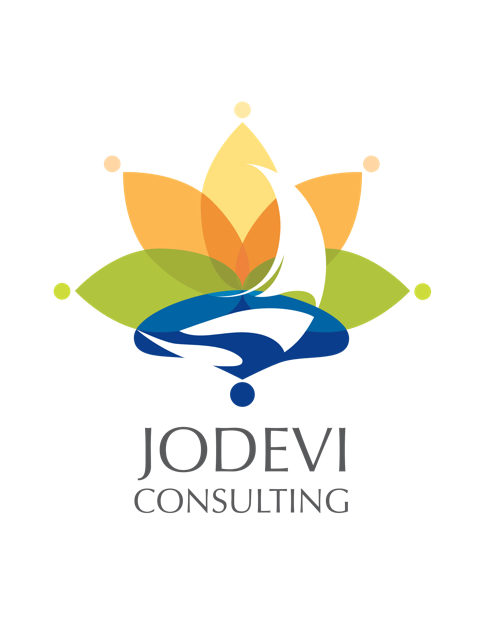What Are Theories of Change and How Are They Evolving?
Lovely Dhillon and Sara Vaca co-authored ”Refining Theories of Change” in the Journal of MultiDisciplinary Evaluation. This article has been extremely popular, surprising even us by the number of times it has been downloaded (over twelve thousand) and referenced. Why this level of interest? Well, they have proven enormously beneficial in serving as the central strategic document for all other organizational strategy work.
Further, as more and more organizations are turning to experts in Theory of Change design and implementation, a research scan demonstrates that while Theories of Change have largely remained consistent in their visual format, there are significant disparities in the ways in which they are defined as well as in the elements that are included in their development. Indeed, Theories of Change have traditionally been presented as one-page visuals, created as stand-alone tools, and regularly confused with other strategy tools such as Logic Models.
Four Key Strategies for Theories of Change Implementation
In our scholarly piece, which is interspersed with visuals and examples, we propose four strategies for creating impactful Theories of Change:
(1) Incorporate the key elements of a good Theory of Change and distinguish it from other organizational tools. The key elements are causal links, strategies, outputs, outcomes, and impact/mission. These elements and other organizational tools which are often confused with Theories of Change are described in detail in the article.
(2) Consider adding other elements to your Theory of Change which allow for organizational and issue complexity and depth. These include assumptions, mechanisms, and specific causal links. As we further point out, not all outcomes or causal links are the same - some are more important or can be pivotal. These differentiations should be captured in your Theory of Change to make it more powerful.
(3) Develop creative representations and formats for your Theory of Change. For example, an arts organization may want to present its Theory of Change in a play format or as a piece of art, with an oral or written narrative detailing the Theory of Change further. Don’t limit yourself to the typical flowchart model and invest in graphic designers or other creative agents who can translate your Theory of Change into compelling data visualization formats.
(4) Link your Theory of Change to other organizational tools (see graphic below). Organizations should not develop each strategy tool in isolation. Rather, they should all nest well together and build from one another. This will allow an organization to capture nuance and changed circumstance and to iterate and incorporate strategic learning throughout its tools rather than in a piecemeal way that can feel inefficient and draining.
Creating a strong Theory of Change can improve all aspects of an organization or intervention, including in the areas of design, implementation, monitoring and evaluation, strategy, and impact. Theories of Change are becoming widely recognized as a powerful tool within an organization’s strategy toolbox, even in relatively new areas such as impact investing. We look forward to partnering with you to create organizational Theories of Change that reflect an organization’s unique approach to creating meaningful and sustainable change.
For more information, you can access our article “Refining Theories of Change” at http://journals.sfu.ca/jmde/index.php/jmde_1/article/view/496/444.

